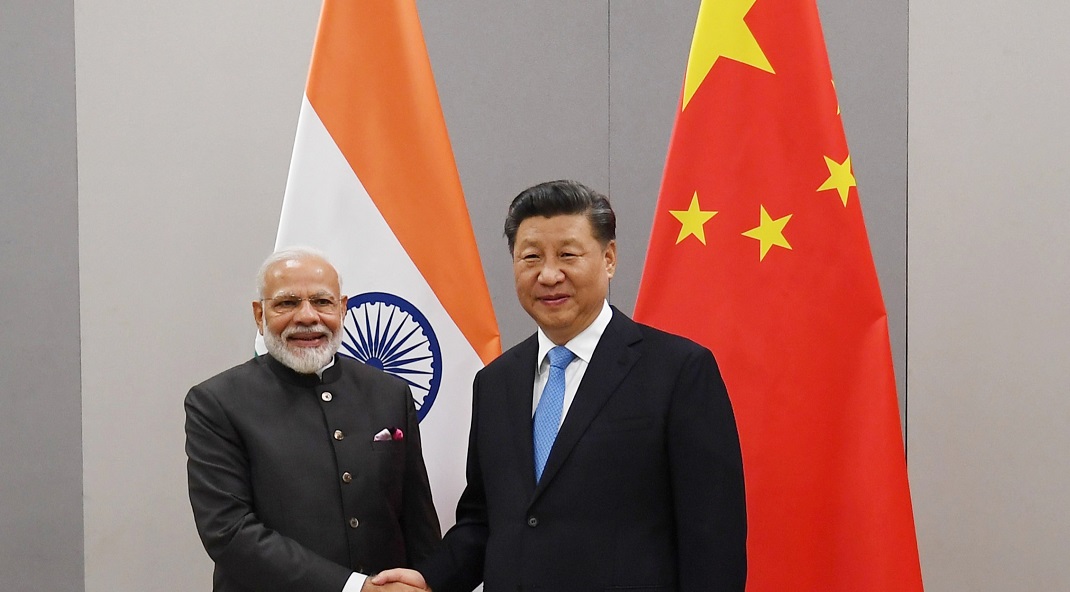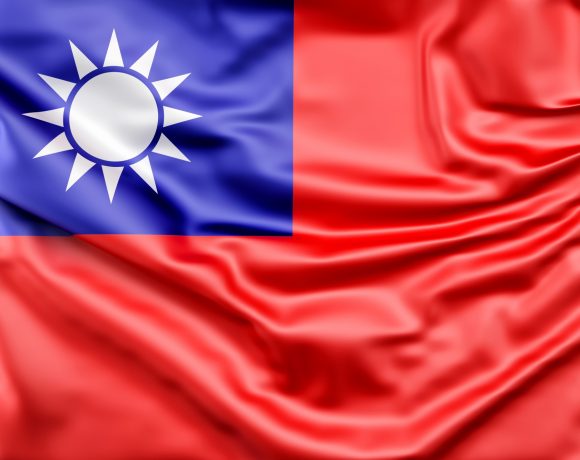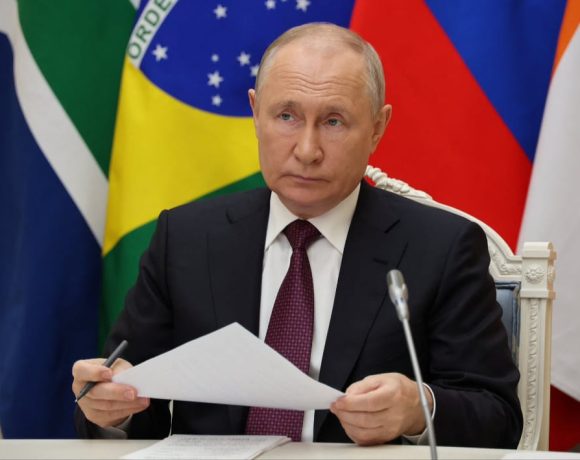
India Sets ₹7,000 Crore Push to Break China’s Rare-Earth Grip
The Indian government is preparing to increase its incentive programme for rare-earth magnet manufacturing to over ₹7,000 crore (about US $788 million) in a significant move to reduce reliance on Chinese supplies. This follows China’s export-control tightening on rare-earth materials earlier this year.
What the Plan Involves
The expanded incentive package, still awaiting formal cabinet approval, represents a major escalation from the earlier US $290 million scheme. It aims to support key domestic firms via production-linked and capital subsidies in order to build India’s rare-earth processing and magnet-manufacturing capacity. The government also intends to back around five companies initially.
Why It Matters
China currently dominates the global rare-earth sector, particularly in processing and magnet manufacturing. India’s dependence on Chinese imports for critical materials used in electric vehicles, defence technologies and renewable infrastructure has become a strategic vulnerability. The incentive push is aimed at creating a more diversified supply chain and reducing this dependency.
Challenges Ahead
Despite the bold plan, India faces multiple obstacles: mining and processing rare earths are capital-intensive and environmentally demanding; domestic production remains commercially unviable without subsidies; and existing Chinese dominance in technology and processing will be difficult to match quickly. Moreover, any easing of China’s export controls could flood the market with cheaper material, undermining new entrants.


















